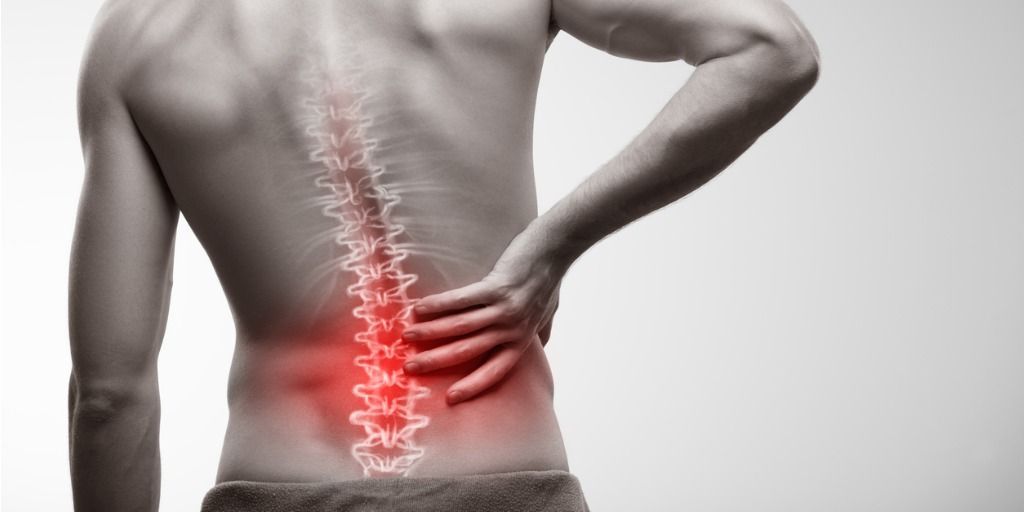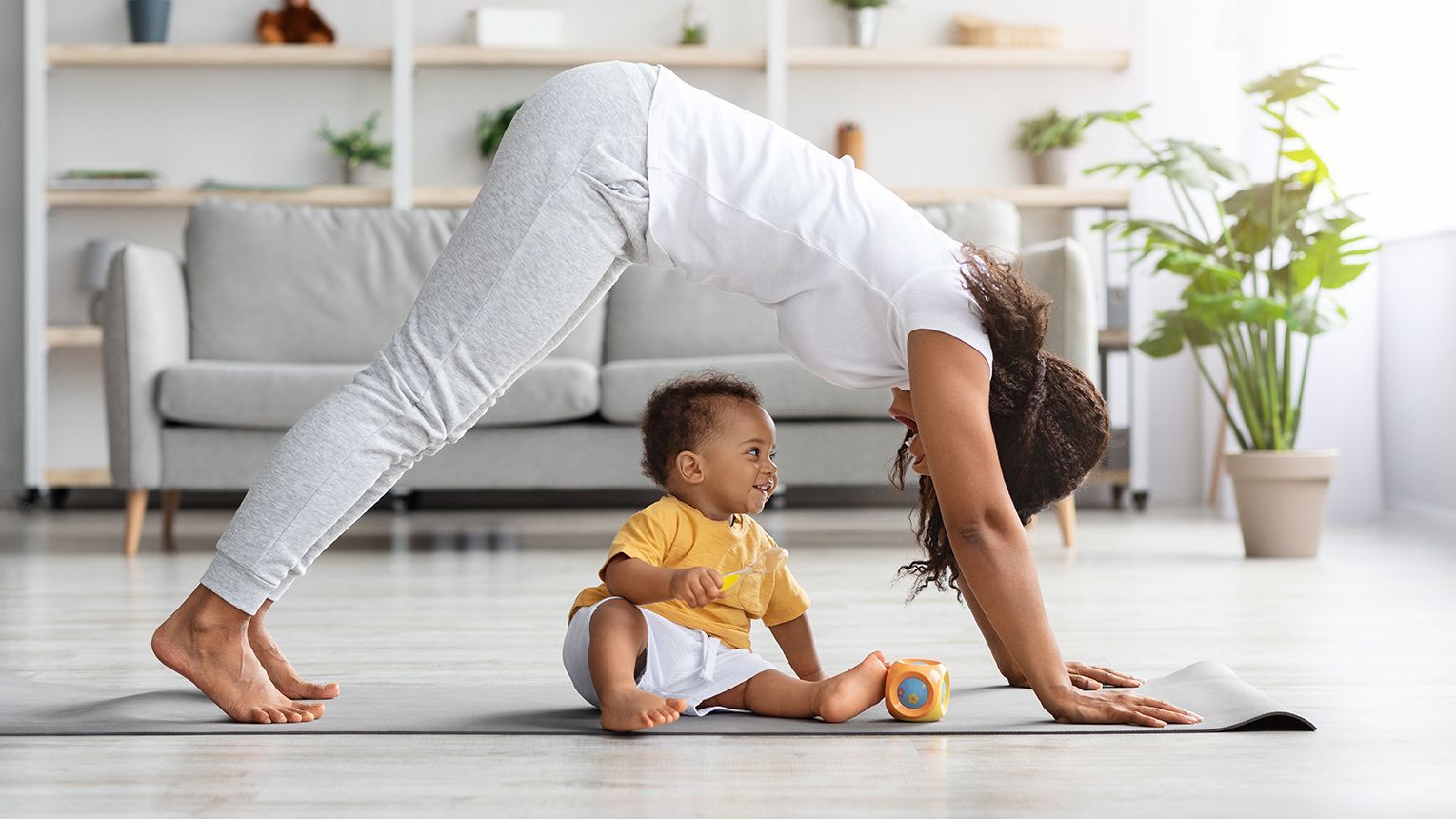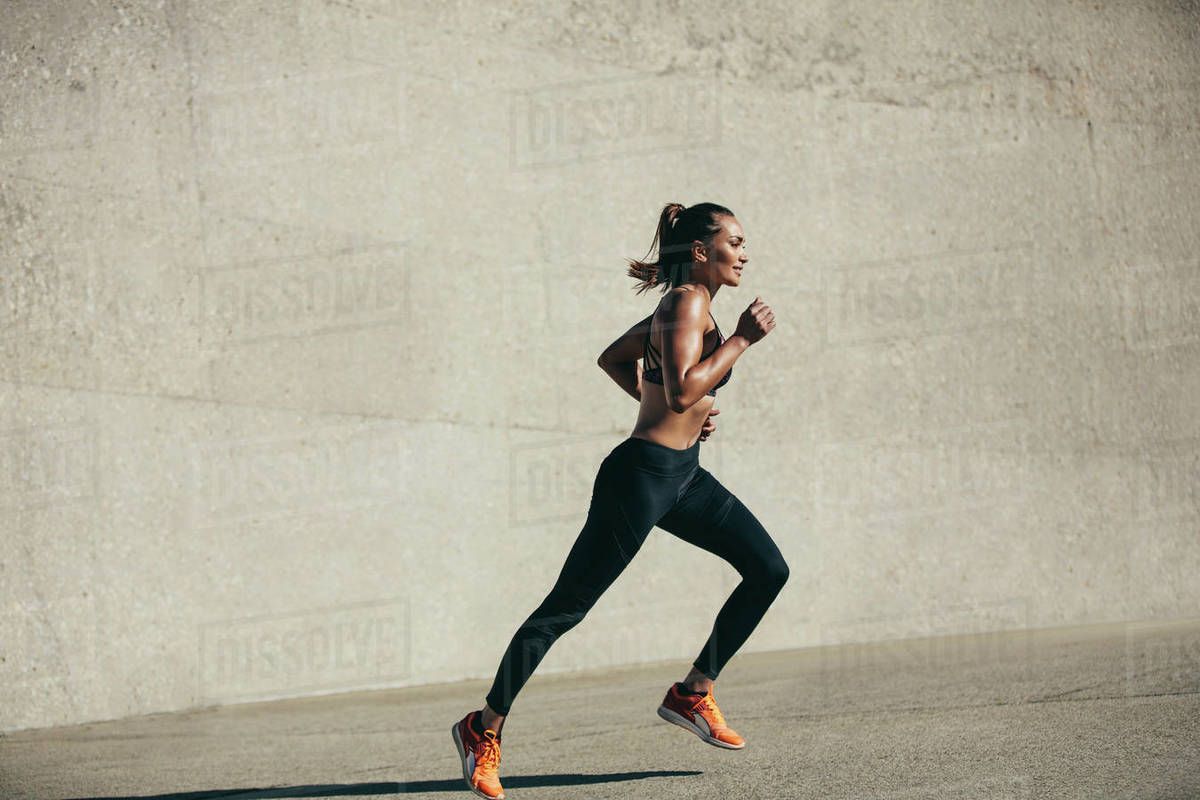An Exercise Physiologist's Perspective
We as Exercise Physiologists see people who present with a whole range of pathologies, including those who have undergone surgery. At Absolute Balance, we specialise in helping injured workers within the Worker’s Compensation system and our goal is to help affected workers navigate through their rehabilitative journey as smoothly as possible and assist with a safe return to work and quality of life.
Living with an injury can be extremely frustrating and most people have experienced an injury of some kind. We understand that this can be very debilitating and limit us from doing the most basic activities of daily living such as walking, brushing your teeth, opening a jar, hanging out the washing (the list goes on). Throw in the sleepless nights, reduced independence, ever-increasing mental stress and anxiety that creeps in and it’s enough to make anyone go mad. The good news is that there is growing evidence that exercise rehabilitation benefits everyone, whether they have an injury or not. We have seen many workers return to their full-duties and everyday activities just by giving it a chance and being committed to their recovery.
On the first day we meet with the referred patient we discuss with them how life looked like before they suffered an injury. This includes their job role and the tasks they are required to do and recreational activities that they previously enjoyed. We try to help them understand it will be a journey and that we are there to encourage and empower them through it all to get them back to work and doing what they love. Now, the important thing to note is that a good outcome for an injured patient is equal to a good commitment to recovery, given that muscles don’t just get stronger or more flexible magically.
We understand that not everyone has been in a gym before and that it can be quite an overwhelming and intimidating experience at first. However, as an Exercise Physiologist, our role is to ensure that an injured patient is completing their exercises safely and appropriately by seeing them on a regular basis, keeping track of their functional progress, providing feedback and creating a rehabilitation programme specifically tailored to them as an individual. By the time an injured patient has completed their programme, we often see a significant improvement in strength, flexibility, endurance and most of all, confidence. Confidence to go back to work and trusting in their own ability to return to their normal way of life.
Chris Chen
Workers Compensation Specialist ‑ Innovation Team Leader (AEP, ESSAM)
Exercise Rehabilitation Services ‑ WA




